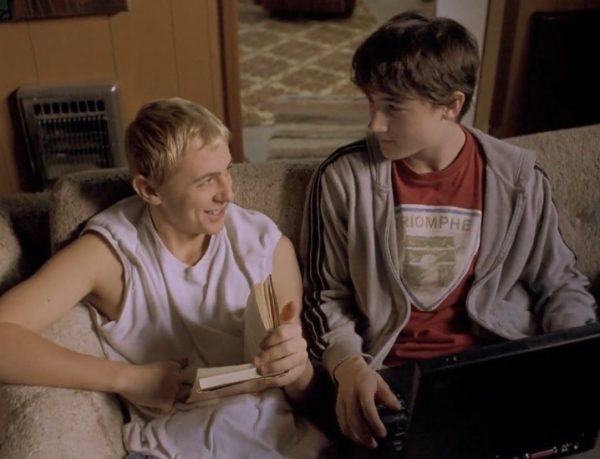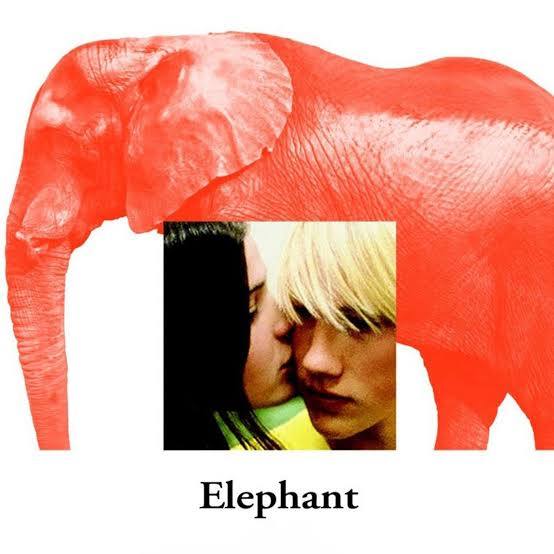˚ ✦ . . ˚ . ₊˚⊹☆
“Elephant” (2003) is a haunting and thought-provoking film directed by Gus Van Sant, which explores the events leading up to a school shooting. The film is loosely based on the 1999 Columbine High School massacre but takes a more abstract, observational approach rather than directly addressing the tragedy.

Van Sant uses a minimalistic, documentary-like style to portray the daily lives of students at an ordinary high school on what appears to be a normal day. The film employs long, continuous tracking shots that follow different characters as they move through their routines. This creates a sense of slow, inevitable tension as the story moves toward the tragic climax. One of the film’s unique elements is its non-linear narrative; it frequently shifts perspectives and revisits events from different angles, enhancing the eerie feeling of impending doom.
“Elephant” focuses on several students, including John, Eli, Alex, and Eric, who are the two perpetrators of the shooting. However, the film does not delve deeply into their motivations, which was a deliberate choice by Van Sant. Instead of focusing on psychology or trying to provide clear answers, the film leaves viewers in a state of ambiguity, forcing them to contemplate the complex factors behind such violence, such as bullying, alienation, or media influence.
The title, “Elephant,” is likely a reference to the metaphorical “elephant in the room,” symbolizing the societal issues around gun violence and school shootings that people often avoid confronting directly. Van Sant’s approach deliberately avoids sensationalism; the film’s tone is detached, almost clinical, giving the audience space to draw their own conclusions.
The film won the Palme d’Or at the 2003 Cannes Film Festival and was praised for its unique style, though it also received criticism for its lack of clear explanation or resolution. It remains a powerful, unsettling piece of cinema that challenges viewers to think deeply about violence and the fragility of everyday life.
































